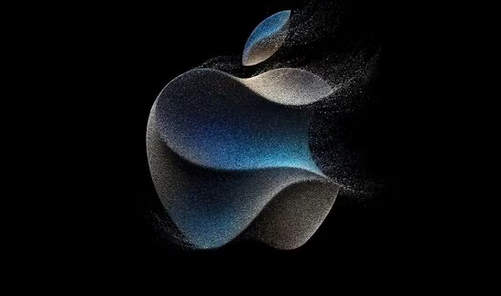What will be the best upgrade in Apple’s portfolio, a Mac or an iPad? It varies from person to person, specifically, the iPad Pro models running the same Apple Silicon as the MacBooks.
Apple’s Mac platform kept ahead of equivalent hardware running on Intel’s x86 platform. Mac were not the first devices running Apple-designed chipsets; the Axx chipsets have a long history of powering the iPad and iPhone devices. The launch of Mac-specific Mxx chipsets unlocked more performance and efficiency in the deskbound platform atmosphere.
Mac-specific Mxx chips also turned up in the high-end iPad Pro models, delivering far more mobility for users with more efficiency.
If users are looking for power in a mobile device, then the answer is the M3, and iPad Pro needs to be considered. The Apple’s M3 family is expected to debut in the MacBook Air and consumer MacBook Pro laptops in October, at the same time, it is also expected to arrive in the iPad Pro tablets.
There will be apps that only run on iPadOS or macOS, with the rise of cloud computing, a lot can be done inside the browser, and the ubiquity of the iPad platform means that developers are not afraid to create versions for both platforms, which will happily interact with each other through Apple’s online services.
The Tech Giant, Apple is working to bring macOS and iPadOS closer together so apps can run on either operating system. Over the next few years, users can make their hardware choices without worrying about software.
Apple’s M2-powered MacBook Air and the M2-powered iPad Pro, users will find a slightly small screen on the iPad Pro – 12.9 inches to the Air’s 13 inches, but being a tablet. Apple’s MacBooks naturally come with a built-in keyboard. If someone is looking for a keyboard on the iPad Pro then need to spend more money.
The touchscreen feature is available on iPhones, iPads, Android devices, Windows laptops, smartwatches, and more. Yet Apple has resolutely refused to add one to the MacBook; its laptops have no touchscreen and no stylus support.

